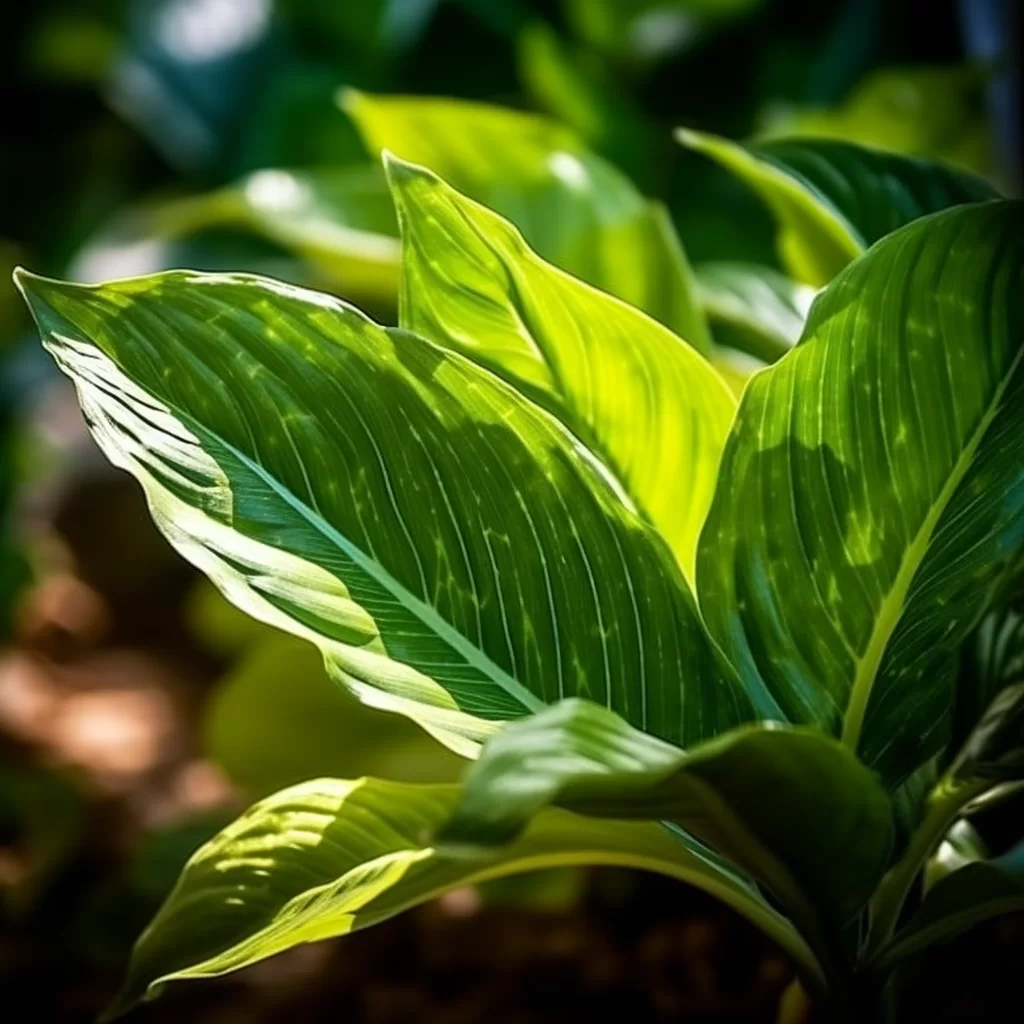Story of Day :
Contents
The Ti Leaf Plant: Your Complete Guide and Care Tips
Are you tired of the same old plants in your garden? Why not try something different and add a touch of the tropics with the ti leaf plant! This stunning plant is known for its vibrant green leaves and cultural significance.
It’s a must-have for any garden enthusiast who wants to bring a unique flair to their outdoor space.
In this article, we’ll provide you with all the information you need to grow and care for your own ti leaf plant, so you can enjoy its beauty all year round.The ti leaf plant is easy to care for and adds an exotic touch to any garden.
With its lush green foliage, it’s sure to make a statement in any landscape design.
Whether you’re looking for an eye-catching accent or just want something different in your garden, this plant is sure to impress.
So why wait? Add some tropical vibes with the stunning ti leaf plant today!
What is a Ti Leaf Plant?
The ti leaf plant (Cordyline fruticosa) is native to Southeast Asia and the Pacific Islands.
It’s known by many names including Hawaiian Ti, Good Luck Plant, Palm Lily, and Cabbage Palm.
This tropical evergreen has long leaves that can grow up to three feet in length depending on the variety.
Growing Conditions
If you live in a warm climate like Hawaii or Florida, growing your own ti leaf plant should be relatively easy.
However, if you live in an area with cooler temperatures or harsh winters, it may be challenging to keep your plant alive year-round.

- Light: The ti leaf plant thrives in bright indirect sunlight but can also tolerate some shade.
- Soil: The soil should be well-draining with plenty of organic matter such as peat moss or compost added.
- Water: Keep the soil consistently moist but not waterlogged.
Overwatering can lead to root rot while underwatering can cause brown tips on the leaves.
- Fertilizer: During the growing season (spring-summer), fertilize once per month with a balanced fertilizer.
Caring for Your Ti Leaf Plant
With the right care, your ti leaf plant can grow to be a stunning addition to your garden or home.
Here are some tips for keeping it healthy:
- Pruning: Remove any dead or damaged leaves regularly.
You can also prune the stems to encourage new growth.
- Pests and Diseases: Watch out for spider mites, mealybugs, and scale insects which can all affect the health of your plant.
Treat with insecticidal soap if needed.
- Temperature and Humidity: The ideal temperature range for ti leaf plants is between 60-75°F (15-24°C).
They prefer humid conditions but can tolerate lower humidity levels as well.
Cultural Significance of Ti Leaf Plants
In addition to its beauty, ti leaf plants hold cultural significance in many cultures.
In Hawaii, they’re often used in lei making and as a symbol of good luck.
In Maori culture, they’re used in healing rituals due to their perceived spiritual properties.

In Conclusion
Growing a ti leaf plant is not only aesthetically pleasing but also culturally significant.
With proper care and attention, you can enjoy this tropical evergreen for years to come! Remember to provide plenty of light but protect it from direct sunlight.
Keep the soil moist but not waterlogged and fertilize during the growing season only.
Regular pruning will help keep the plant healthy while treating pests promptly will prevent damage.
Congratulations on taking the first step towards starting your own journey with ti leaf plants! We are thrilled that this comprehensive guide has provided you with helpful insights and tips to get started.
Whether you’re new to gardening or a seasoned pro, ti leaf plants are a great addition to any home or garden.
With their vibrant colors and unique textures, they can add a touch of tropical beauty to any space.Now that you have all the information you need, it’s time to grab your gardening gloves and start planting! Remember, while growing ti leaf plants may require some patience and care, the end result is well worth it.
So don’t be afraid to experiment with different techniques and enjoy the process of watching your ti leaves grow into beautiful additions for your home décor or even for traditional Hawaiian ceremonial purposes.
Happy growing!